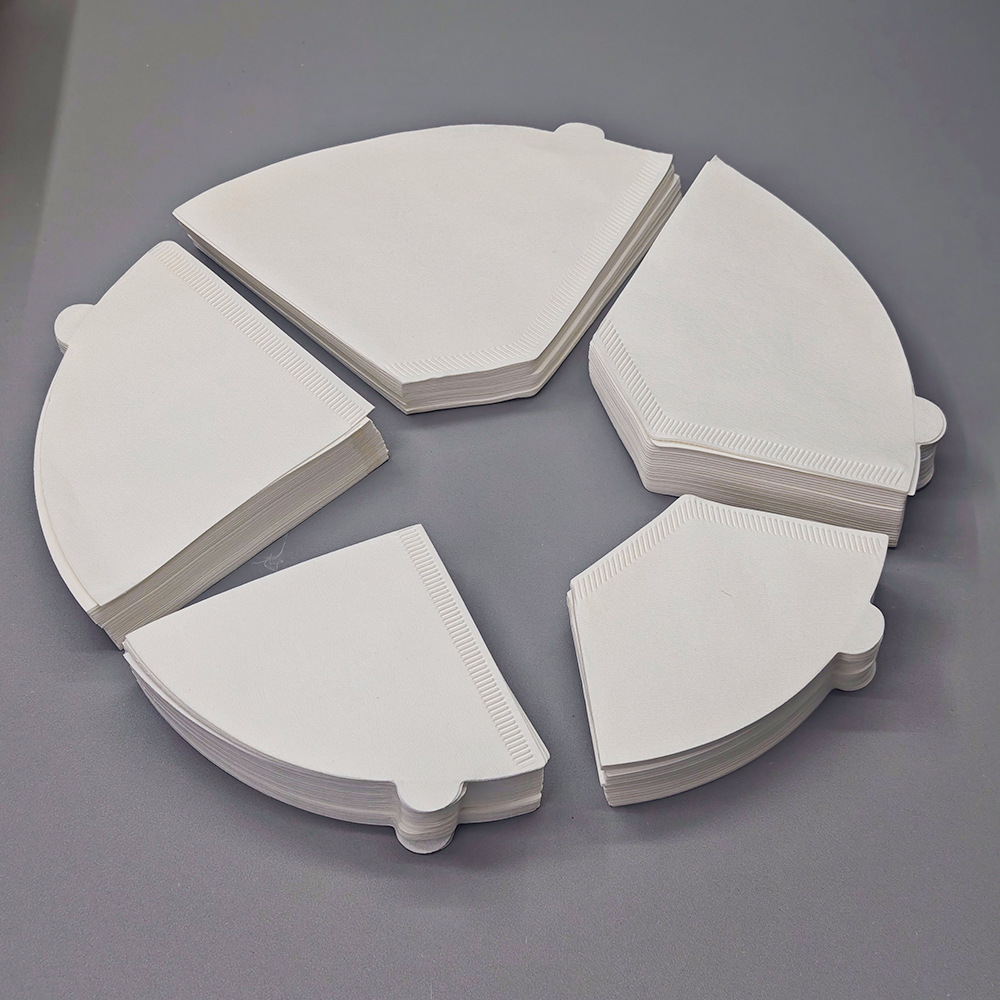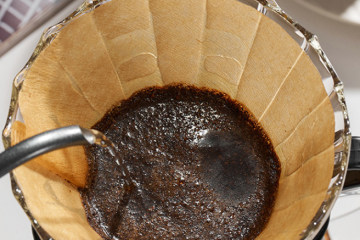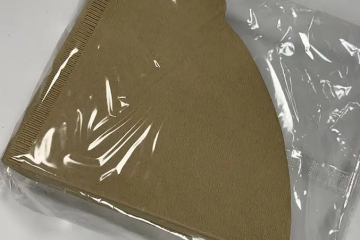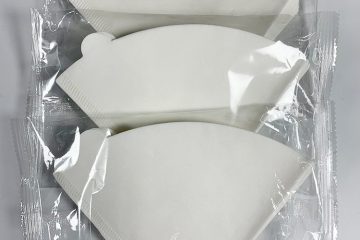The Safety of Coffee Filter Paper: An In-Depth Look
Coffee filter papers, a vital yet seemingly humble tool in the world of coffee brewing, functions to sieve out coffee grounds and enhance the beverage’s flavor. Despite its essential role, many consumers harbor concerns about its safety. This article delves into the safety aspects of coffee filter paper, examining its classification, bleaching process, and usage practices.
1. Types of Coffee Filter Paper
Coffee filter paper comes in diverse forms. Based on shape, it can be categorized into conical, trapezoidal/fan-shaped, and cake filter papers, designed to fit various brewing utensils. Material-wise, it includes paper, cotton paper, and bamboo pulp filter papers. Paper filter paper stands out as the most prevalent, effectively filtering out grounds and oils to deliver a refreshing coffee taste.
2. Bleaching Process Safety
Bleached filter paper once faced scrutiny due to environmental and health concerns. Early industrial bleaching techniques posed safety risks, but advancements in technology now utilize bioactive enzymes (like enzymes) for bleaching, a practice widely adopted in the medical field, rendering its harm negligible. Thus, authentic filter paper poses no health threats.
Unbleached raw pulp filter paper, while eco-friendly, may have a stronger paper scent. However, pre-wetting the filter paper with hot water can significantly reduce or eliminate this scent.




3. Using Coffee Filter Paper
Opinions vary on whether to wet the filter paper before brewing. Wetting can eliminate paper scent, preheat the filter cup, maintain coffee temperature, ensure a snug fit in the filter cup, and minimize side leakage. Conversely, some argue that wetting may disrupt extraction uniformity.
Ultimately, the decision to wet the filter paper hinges on personal taste preferences and coffee quality standards. For a purer, unadulterated coffee experience or using odor-absorbent filter paper, wetting is advisable. Conversely, those who prioritize the coffee’s original flavor or demand high-quality filter paper may opt to skip the wetting step.
4. Environmental Impact of Coffee Filter Paper
Rising environmental awareness has spotlighted the disposal issue of paper filter paper. Although convenient, its single-use nature poses environmental challenges. In response, coffee equipment manufacturers have introduced alternatives like reusable metal filters, which are more eco-friendly.
However, metal filters have their limitations, such as potential over-extraction from fine grounds, resulting in bitter coffee, and requiring more effort for cleaning and storage. Therefore, consumers must weigh their needs and preferences when selecting coffee filter paper.
Conclusion
In conclusion, coffee filter paper has achieved a commendable level of safety. Modern bleaching technology has effectively addressed health concerns associated with bleached filter paper. Consumers can choose whether to wet the filter paper based on their taste preferences and coffee quality expectations. Regarding environmental concerns, while paper filter paper has its drawbacks, alternatives like metal filters offer viable options.
In essence, coffee filter paper, as a crucial brewing tool, has its safety well-established. Consumers need only to consider their specific needs and preferences when selecting and using it.




0 Comments